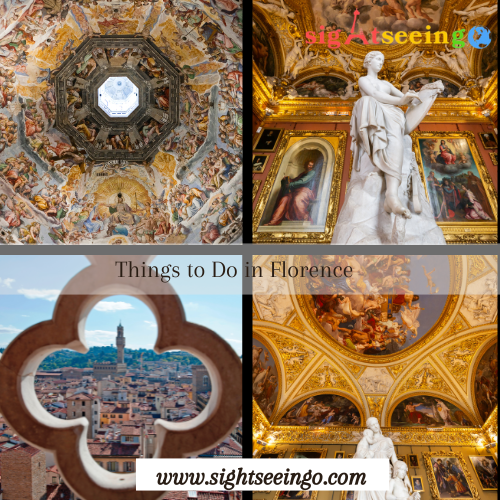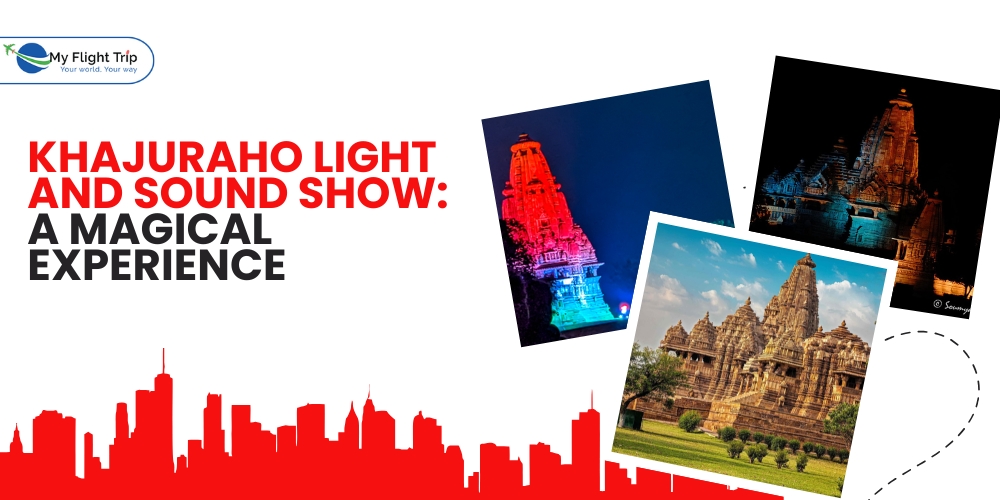Mysore Palace is one of the most iconic and breathtaking landmarks in India. It holds great historical, cultural, and architectural significance, drawing visitors from all over the world to the city of Mysore in Karnataka. Known for its grandeur, rich history, and intricate design, the palace continues to be an important symbol of the royal family of Mysore. In this article, we will explore the history, significance, and beauty of Mysore Palace, including who built it, its evolution, and where it is located.
The History of Mysore Palace
Mysore Palace, also known as the Amba Vilas Palace, Mysore Palace has a history that spans several centuries, with its roots dating back to the early 14th century. The palace is closely linked to the Wodeyar dynasty, who were the rulers of Mysore. The current structure of the Mysore Palace is the third palace built by the Wodeyars. The original palace, built in the 14th century, was a modest wooden structure. Over the centuries, the palace underwent numerous reconstructions, expansions, and renovations.
The current palace was built in the late 19th century, after the previous palace was damaged by fire in 1897. The rebuilding of the palace was commissioned by the then Maharaja, Krishnaraja Wodeyar IV, who was an influential ruler of the Kingdom of Mysore during the British Raj. The new palace was constructed with a combination of Indian, Islamic, and European architectural styles, making it a blend of various influences that reflect the grandeur of its royal heritage.
Who Built Mysore Palace?
The current structure of Mysore Palace was designed by the renowned British architect Henry Irwin, who was appointed by the Wodeyar family after the fire that destroyed the old palace. The reconstruction was supervised by the British government, and the palace was completed in 1912. The architectural design blends Indo-Saracenic and Dravidian styles, which is an interesting fusion of elements from various parts of India and the British colonial style.
The royal family, led by Maharaja Krishnaraja Wodeyar IV, played a crucial role in the planning and funding of the construction, with much of the interior decoration and artwork also commissioned by them. This collaboration of the royal family and the architects of the time has resulted in a majestic structure that has become one of the most visited and admired landmarks in India.
About Mysore Palace
Mysore Palace is an architectural marvel that stands proudly in the heart of the city. The palace’s grandeur is awe-inspiring, with towering spires, intricately designed windows, and elegant domes. The sprawling palace complex covers an area of about 3,000 square meters and is composed of several sections, including the main palace, courtyards, gardens, and the surrounding walls.
The exterior of the palace is marked by its stunning Indo-Saracenic architecture, which combines elements of Hindu, Mughal, Rajput, and Gothic styles. The palace is constructed using a combination of gray granite and pink marble, giving it a distinctive look. The intricate carvings on the walls, ornate arches, and beautiful stained-glass windows add to the charm of the structure.
Inside the palace, visitors are treated to a lavish display of royal opulence. The interiors are richly adorned with carvings, paintings, and beautiful decorative pieces. The Durbar Hall (the central hall) is perhaps the most famous room in the palace, where the royal family held court and conducted ceremonial functions. The Kalyana Mantapa (Marriage Hall) is another beautiful feature, known for its stunning stained-glass windows and golden decor.
The palace also houses several galleries and rooms dedicated to the royal family’s personal collections, including weapons, costumes, and antique artifacts, which reflect the history and culture of the Wodeyar dynasty.
Mysore Palace Information
The palace is open to visitors throughout the year, though it remains closed on Sundays and public holidays. The entrance fee for the palace varies depending on whether you are an Indian or a foreign tourist. There is also a special light and sound show held in the evenings, which showcases the palace’s history and significance through multimedia presentations.
The Mysore Palace Museum inside the palace is another must-see attraction. It houses a collection of royal memorabilia, including photographs, artifacts, furniture, and items used by the Wodeyars. The museum gives visitors a glimpse into the royal lifestyle and provides detailed information about the history of Mysore and the dynasty that once ruled over the region.
The Mysore Palace lighting is another spectacular feature. Every evening, the palace is illuminated with thousands of bulbs, creating a dazzling display that attracts a large number of visitors. The lighting of the palace is a visual spectacle, and during festivals like Dasara, the palace shines even brighter, adding to the grandeur of the celebrations.
Mysore Palace and Its Location
Where is Mysore Palace located?
Mysore Palace is located in the heart of the city of Mysore, in the southern state of Karnataka, India. It is situated on Sayyaji Rao Road, close to the popular Chamundi Hill. The palace is easily accessible from other parts of the city, and it is one of the main attractions for tourists visiting Mysore. The city itself is well-connected by road, rail, and air, making it convenient for visitors to reach the palace from various parts of the country.
Mysore, with its rich history and culture, is known as the “City of Palaces,” and Mysore Palace stands as the crown jewel of this historical city. The palace’s central location allows visitors to explore other nearby attractions such as Chamundeshwari Temple, Brindavan Gardens, Mysore Zoo, and St. Philomena’s Church, making it a great base for exploring Mysore’s other heritage sites.
The Significance of Mysore Palace
Mysore Palace is not just a stunning architectural wonder, but it also holds deep cultural and historical significance. It was the official residence of the Wodeyar family, and its role in the region’s history goes beyond just being a royal residence. The palace was also the venue for the famous Dasara festival, which has been celebrated for over 400 years. This festival, which marks the victory of good over evil, is held annually in Mysore and culminates with a grand procession that starts from the palace.
Mysore Palace is also a symbol of the region’s pride, and it continues to be the focal point for cultural events and festivals in the city. The palace attracts millions of visitors each year, and it is an important part of the region’s tourism industry, making it an iconic symbol of Karnataka’s royal history.
Conclusion
Mysore Palace is a majestic structure that not only showcases the beauty of architectural craftsmanship but also tells the story of the royal family of Mysore. Whether you’re fascinated by history, culture, or architecture, Mysore Palace is a must-visit destination for anyone traveling to Karnataka. From its history of royal rule to its intricate designs and spiritual significance, Mysore Palace continues to captivate all who visit, making it one of India’s most treasured landmarks.
If you’re planning a trip to Karnataka, make sure to visit Mysore Palace to witness firsthand the grandeur and beauty that has made it a symbol of the Wodeyar dynasty’s legacy.


